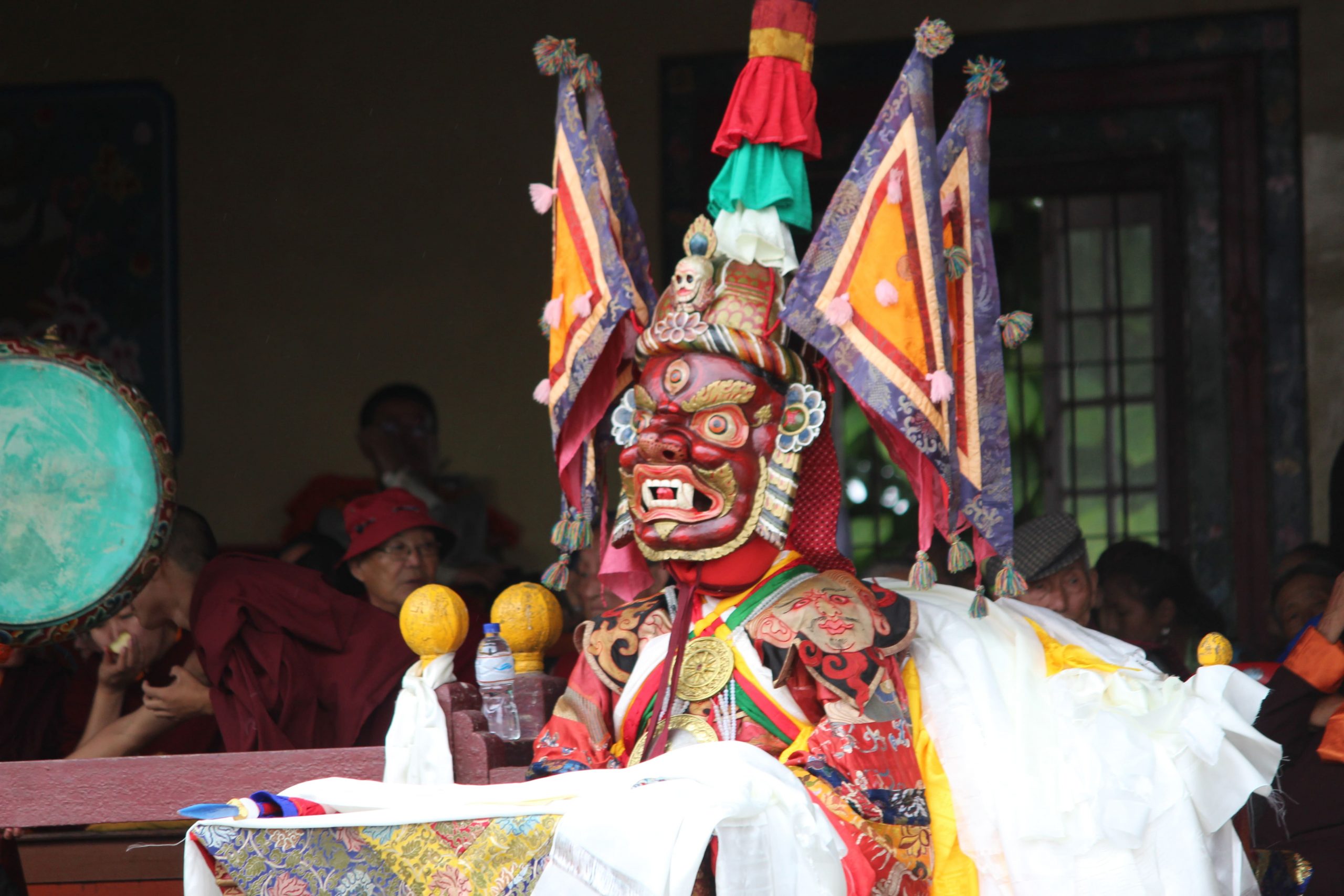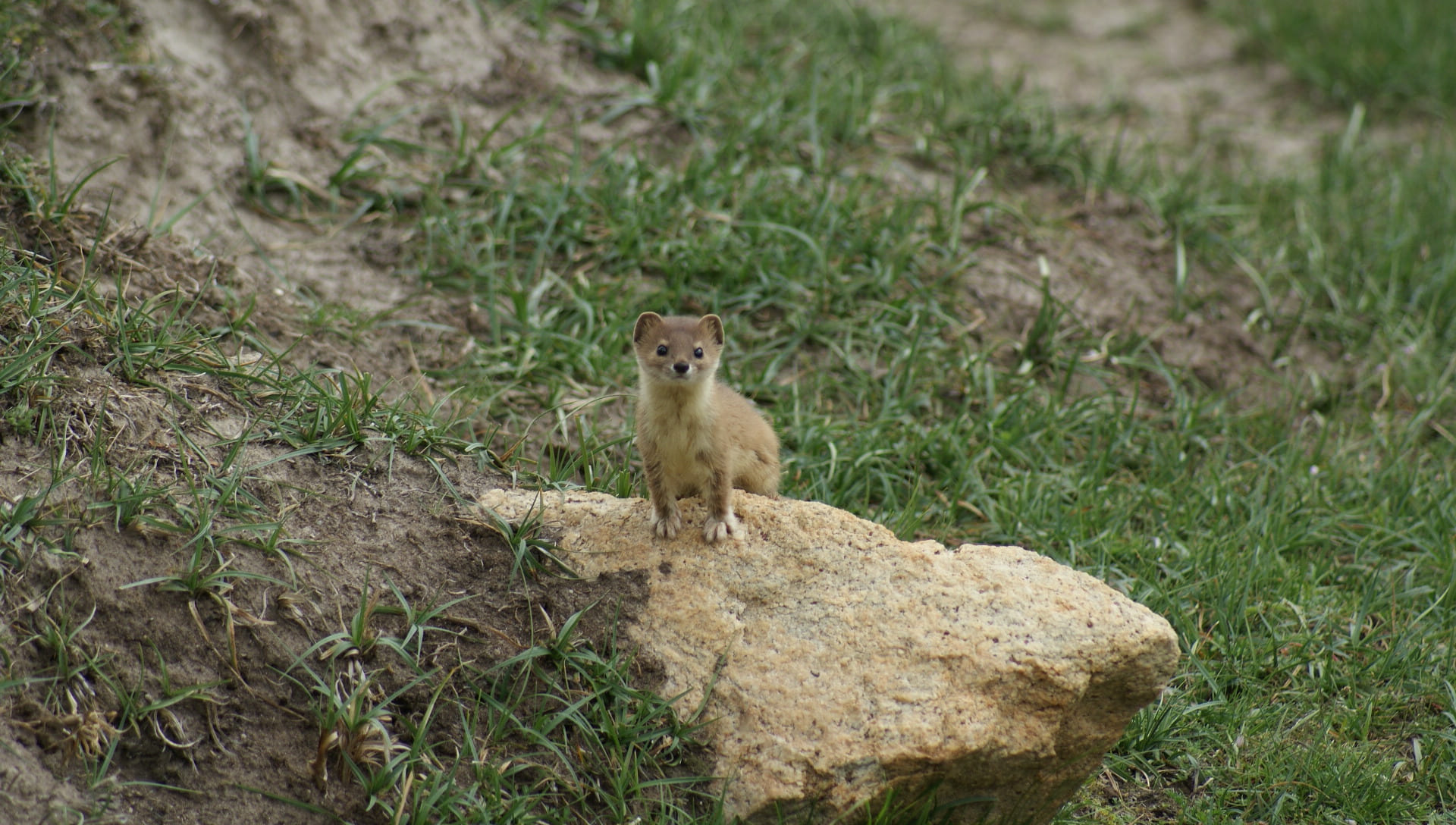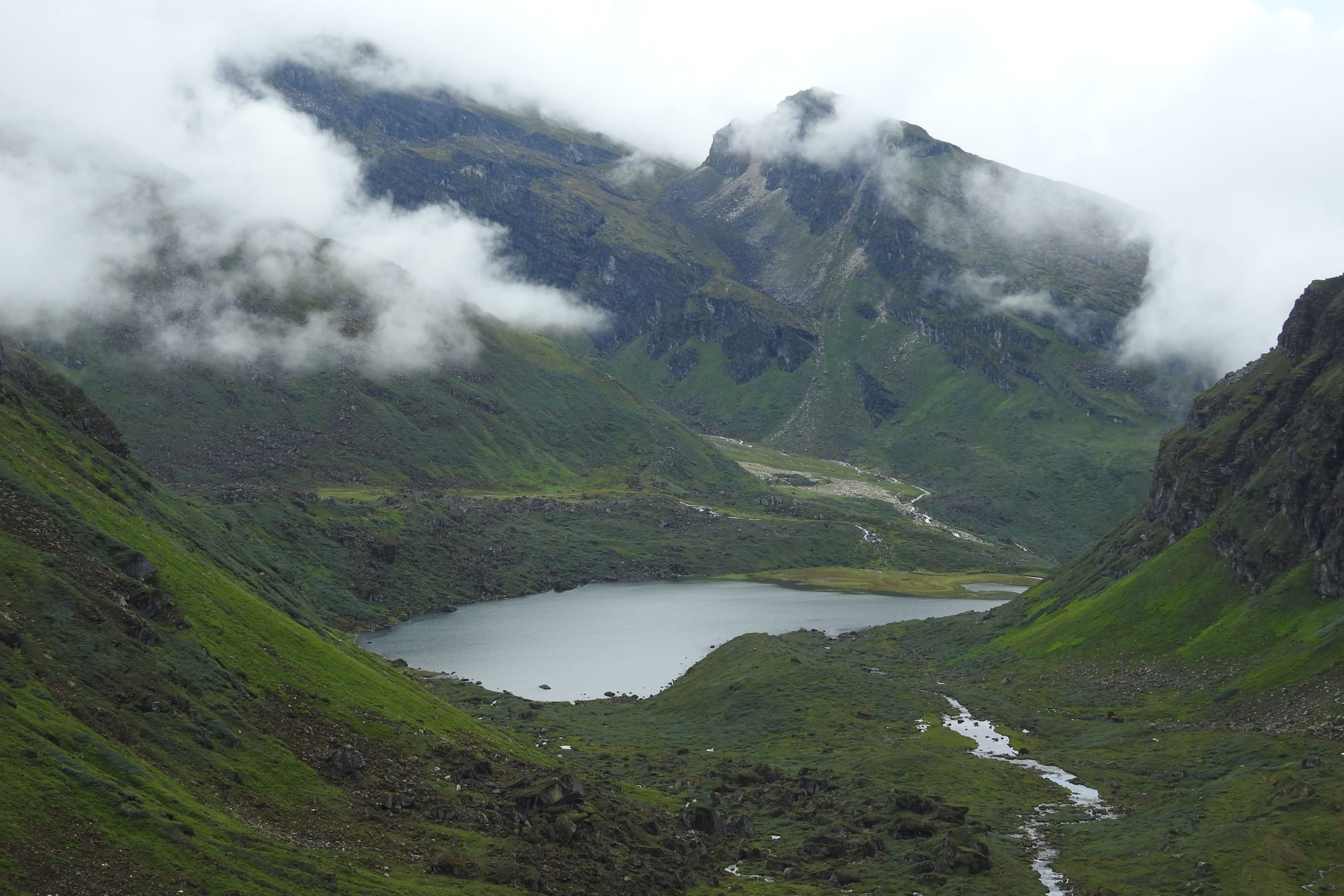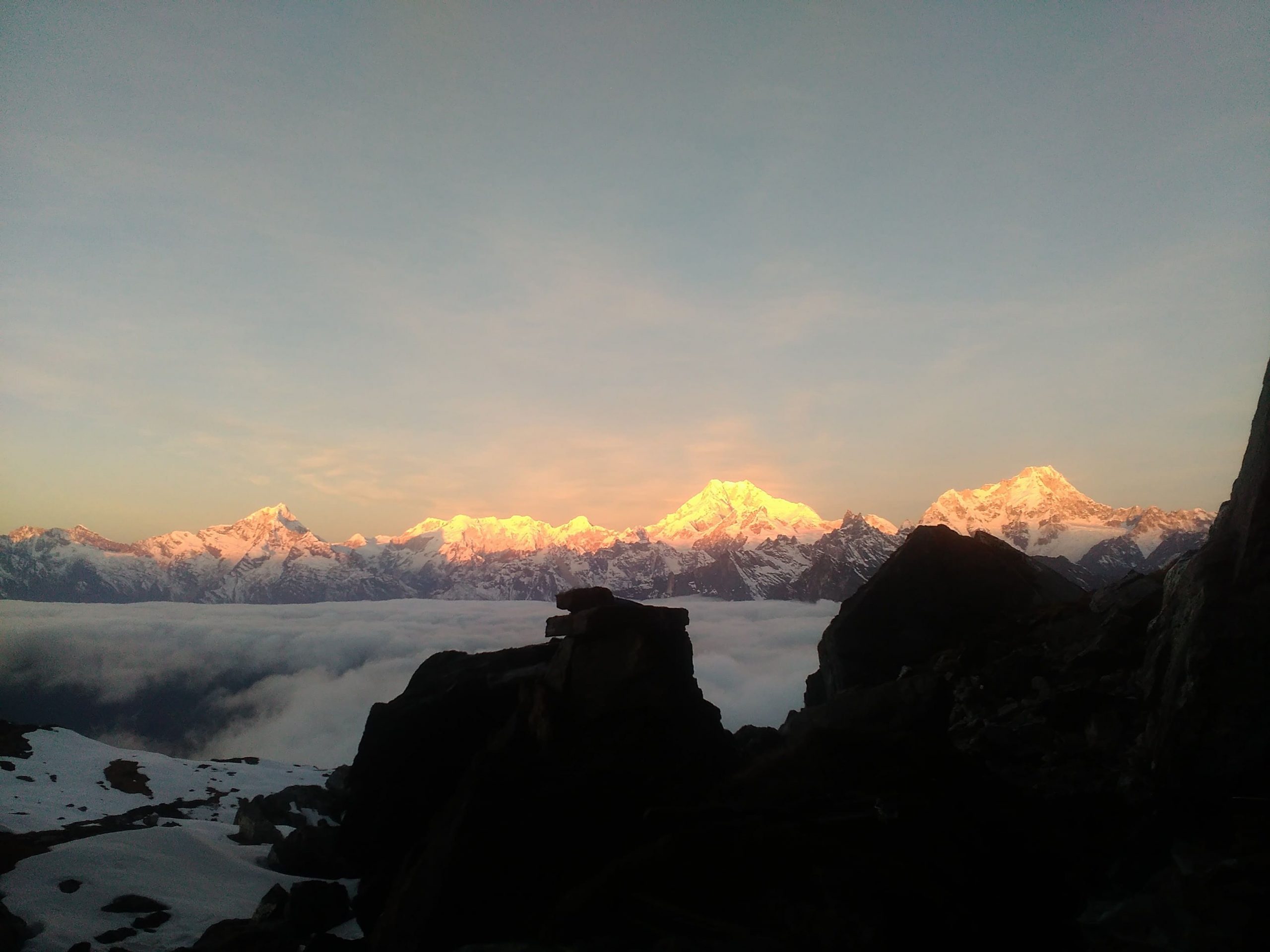Khangchendzonga - Upper Teesta Valley, North and West Districts (Sikkim)
Sites of high conservation value in this region are :
- Lhonak Valley and Green Lake area
- Tso Lhamu Plateau
- Shingba Rhododendron Sanctuary (protected area)
- Gurudongmar wetland complex

Project Progress : Sikkim
1. CONSERVING BIODIVERSITY
22 Areas of High Conservation Value (74,000 Ha) identified based on the presence of rare, endangered biodiversity and critical habitats, sacred sites and life sustaining services, and management plans prepared for implementation in convergence with line departments.
Implementation strategies and plans developed for conservation and sustainable management of Medicinal Plants, biodiversity rich areas such as Wetlands, and Biodiversity Heritage Sites for participatory conservation and management.
First ever Management Framework developed for High Altitude Wetlands to enhance community participation for sound management of tourism, waste, and feral dogs.
Learning cum exposure visits organised to demonstrate best practices in biodiversity conservation and natural resource management, showcase conservation and rescue practices for snow leopard and associated species with help of camera traps, sign and occupancy surveys, radio telemetry.
State biodiversity Action Plan for Sikkim updated and drafted for mainstreaming biodiversity conservation in all relevant sectors. 20 Biodiversity Management Committees (BMCs) formed for implementation of Biological Diversity Act, 2002.


2. DIVERSIFYING LIVELIHOODS
Developing a nettle fibre-based handloom value chain in Sikkim with 50 women.
Training and capacity building workshops conducted with local communities, with an emphasis on involvement of women to strengthen sustainable collection, production and enhance income of project beneficiaries.
To reduce people’s dependence on natural resources and women’s drudgery, value addition of natural fiber-based handlooms and handicrafts has been initiated through capacity building, technological support, and market linkages to BMCs.
2. DIVERSIFYING LIVELIHOODS
Developing a nettle fibre-based handloom value chain in Sikkim with 50 women.
Training and capacity building workshops conducted with local communities, with an emphasis on involvement of women to strengthen sustainable collection, production and enhance income of project beneficiaries.
To reduce people’s dependence on natural resources and women’s drudgery, value addition of natural fiber-based handlooms and handicrafts has been initiated through capacity building, technological support, and market linkages to BMCs.

3. PREVENTING WILDLIFE CRIME
Frontline staff of the forest department were equipped for field patrolling/rescue operations and for collecting samples for forensic analysis.
10 ANIDERs (Animal Intrusion Detection and Repellent systems) installed in the identified hotspots of HWC in fringe villages of Khangchendzonga National Park.
Communities engaged in monitoring and surveillance, and a group of 30 community wildlife wardens (Himal Rakshaks) engaged in patrolling, biodiversity monitoring and control of forest fire in Khangchendzonga National Park and Khangchendzonga Biosphere Reserve.
Vaccination and sterilization carried out for 160 dogs in North Sikkim in collaboration with Animal Husbandry Department & WWF-India to control population of free-ranging dogs for reducing depredation on wildlife and domestic livestock.


4. Building knowledge
4. Building knowledge

Stories From the Region
As the world emerges from one of the most terrifying episodes in the history of disease — zoonotic and …
GANGTOK: A two-day webinar on environment and wildlife reporting in the Indian …
Our generation is witnessing a struggle most countries face – balancing development and …
Lepchas of Dzongu
A community living in harmony with nature, Lepchas face the challenges posed by modernisation and increased industrialisation. How does their animist culture help them peacefully coexist with nature, and what are they doing to preserve it?
Gallery
human life of the Trans and Greater Himalayas

Key Findings from the landscape

Assessment of capacities and training needs of key stakeholders
The Ministry of Environment, Forests and Climate Change (MoEF&CC), Government of India along with UNDP is implementing a Global Environment Facility (GEF) funded project “SECURE Himalaya (Securing Livelihoods, Conservation, Sustainable Use and Restoration of High Range Himalayan Ecosystem)” in the states of Jammu and Kashmir, Himachal Pradesh, Uttarakhand and Sikkim, which aims to support the Government of India.
Download »
High Conservation Value Areas (HCVAs) - Final Report
We are grateful to the GoI-UNDP SECURE Himalaya Project for granting ATREE with the funds to carry out this assignment on “Identifying, assessing, delineating and mapping areas with HCVs and developing management recommendations/plans for them” in Secure Himalaya project landscapes in North and West districts of Sikkim.
Download »
SECURE HIMALAYA Upper Teesta – Kanchedzonga Landscape Sikkim - Draft Report
Mountains occupy 24% of the global land surface area and are home to 12% of the world’s population. Mountains have an ecological, aesthetic, and socioeconomic significance, not only for those living in the mountain areas but also for people living beyond them (ICIMOD, 2011)1 . About 10% of the world’s population depends directly on mountain resources for their livelihoods
Download »











